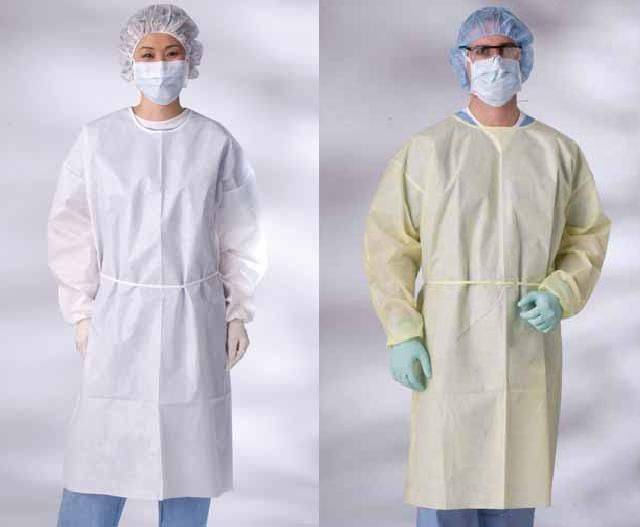
Bloodborne Standard
29 CFR 1910.1030
Methods of Compliance: Employer and Employee Responsibilities
Personal Protective Equipment: Clothing
Protective clothing barriers that prevent the spread of blood or other potentially infectious materials include gowns, masks, aprons, and other clothing. In situations where gross contamination can be reasonably anticipated, surgical caps or hoods, and/or shoe covers or boots must be worn. The employer determines the designation of PPE based on its function. The employer must evaluate the job task and the potential occupational risk of exposure, and thus identifies the appropriate PPE for the task. For example, lab coats or lab jackets may be sufficient in certain areas to act as PPE. The employer must provide employees with this determination and the employee must be trained in the selection of the appropriate PPE.
PPE provided by the employer must be removed by the employee prior to leaving the facility. The used PPE must be placed into the proper containers for storage, washing, decontamination or disposal. The employer is responsible for laundering, maintenance or disposal of protective clothing. The employee is to never take PPE home, under no circumstance.
If the personal protective equipment be penetrated by blood or other potentially infectious materials, it must be removed immediately. If it cannot be removed immediately, then it must be removed as soon as possible. The employee is responsible for washing the exposed area with soap and at a minimum, warm water as soon as the PPE is removed.
If you have any questions at any time regarding the information presented in this tutorial, please contact David Sullivan at 910-916-0688.
(North Carolina Department of Labor (2010). A guide to bloodborne pathogens in the workplace.)
